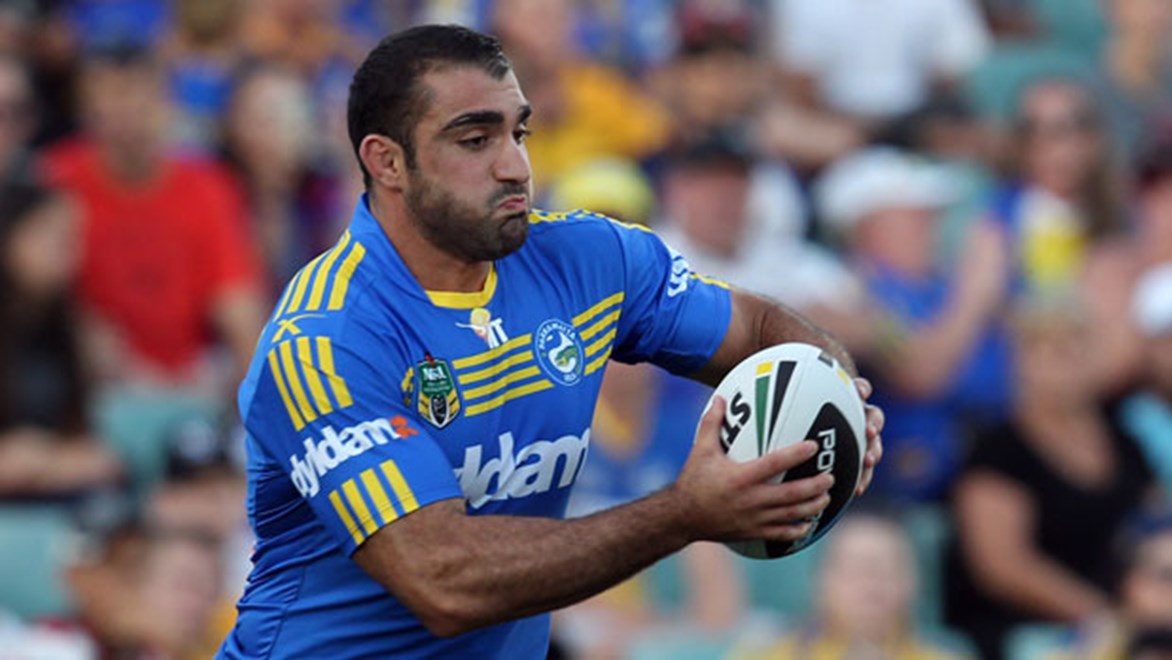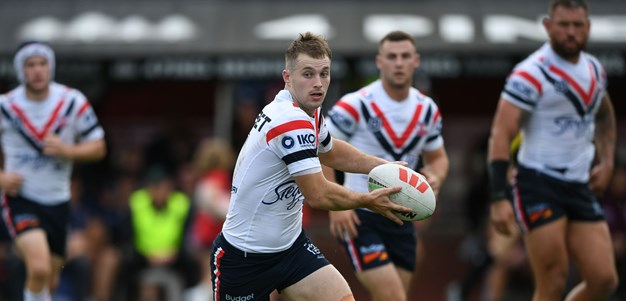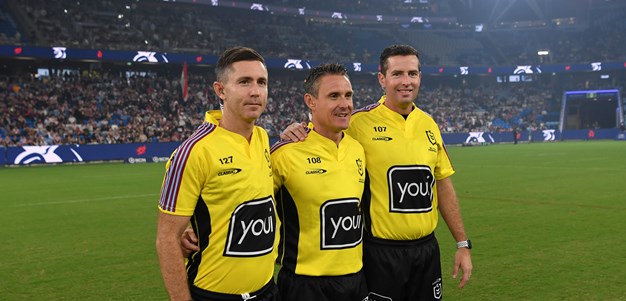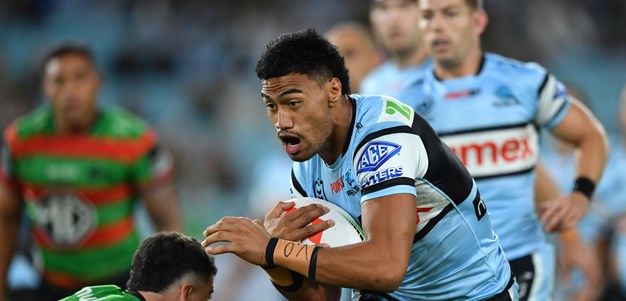

New carefully-considered guidelines regarding the diagnosis and treatment of concussion were introduced to the NRL during Round 1 with a total of eight players removed from the field of play for further testing by medical staff.
Four of those players were cleared of any concussion and allowed to return but with questions surrounding potential flouting of the rules to gain an advantage via a free interchange, NRL.com spoke with the NRL's general manager of football operations Nathan McGuirk about the process that takes place and penalties for any misuse of the new guidelines.
"It's really important for fans to understand the process that takes place when one of their players does suffer a head injury and how they can or can't return to the field of play depending on what actually occurs," McGuirk explains.
"I think after Round 1 everyone would still agree that the game is still tough enough but we have to put rules and procedures in place that are in the best interests of the welfare of all of our players and that's what we're doing."
Injury and initial assessment
As Parramatta skipper Tim Mannah discovered on Sunday afternoon, a head injury can occur in the very first tackle of the game or at any point thereon throughout the 80 minutes of an NRL clash. As he stumbled to play the ball from the opening hit-up, Mannah was displaying one of the five key symptoms that a club's head trainer needs to be monitoring in order to determine whether a concussion has in fact taken place or not. As soon as Mannah stumbled, it was incumbent on the Eels head trainer to take him from the field for further testing.
"If he notices any one of those five symptoms the player has to leave the field immediately to be assessed," says McGuirk.
"That doesn't necessarily mean that the player is ruled out for the rest of the game. What it means is the player has to go in to the 15-minute sideline concussion assessment, which is conducted by the club doctor.
"The role of the head trainer is extremely important in this and he is the sole determiner along with the club doctor in whether or not a player has suffered one of these five symptoms.
"They need a Level 2 Sports Medicine Australia qualification to be a head trainer and from 2015 those standards are raising. To be a head trainer in the NRL in 2015 onwards you will need to have some type of formal medical qualification."
Assessment by club doctor
Once a player displays one of those five symptoms consistent with a possible concussion, they are taken from the field for further, more formal assessment by the club medical officer. A Sideline Concussion Assessment (SCA) is to be conducted within 15 minutes of the player being presented to the doctor for examination with the test normally taking between eight to 10 minutes to complete. The examination is undertaken using the Sport Concussion Assessment Tool (SCAT3) protocols and a decision made on whether the player can return to the field immediately, remain off the field to undergo further assessment or ruled out altogether. An SCA official will be present at each game to monitor the timeframe in which the process takes place.
"Once the player is in the hands of the club medical officer a stopwatch begins and a 15-minute assessment period starts from that time period," McGuirk explains.
"We had a case with Frank-Paul Nuuausala where he was taken from the field behind the in-goal line and it took him about a minute-and-a-half to get to the club doctor on the halfway line.
"From experience on the weekend it was around a 10-minute period that the club medical officer requires in order to complete the SCAT3 test which is a three-page document the doctor has to go through and complete certain questions as part of the examination on the player.
"If it is deemed after that examination that the player has suffered a concussion then that player is not allowed to return to the field of play for the remainder of that game."
Period in which a player can return
Although a player must return to the field within the 15-minute window in order to take advantage of the free interchange, it doesn't mean they cannot return later in the game if they are off the field for a longer period of time.
Indeed, it may be quite common for a club doctor to continue to monitor the physical well-being of a player on the sidelines to ensure a concussion isn't developing if an initial assessment is not conclusive.
"Concussion can be an evolving injury over time," McGuirk says. "A player can show little to no symptoms in the first 5-10 minutes of an assessment but progressively get worse. Sometimes the doctor may err on the side of caution and wait a little longer to see how potentially the injury evolves over time. And that may not occur, so potentially the player can be assessed over a 30-minute period and the doctor can decide that the injury hasn't evolved and they can clear the player to return to the field of play."
But in all instances, if a concussion is deemed to have occurred following the SCAT3 assessment, the player is not permitted to take any further part in the game.
Potential for exploitation
Any time a new rule or interpretation is introduced to rugby league coaches immediately begin looking for ways to gain a competitive advantage. Questions have already been raised as to whether the lure of a free interchange will be too tempting for teams to refuse but McGuirk points to the serious repercussions for any abuse of the guidelines and positive acceptance by the medical fraternity within the NRL to the changes as to their integrity.
"We've put some very strong guidelines around any club that is proven to have used a SCA for any reason other than what's described in the rules," he says.
"The penalties can range from anything from a substantial fine, people having their registrations suspended to potentially the loss of competition points. It would be viewed as similar to a team having an additional player on the field or an additional interchange."
For the complete Management of Concussion guidelines click here.



